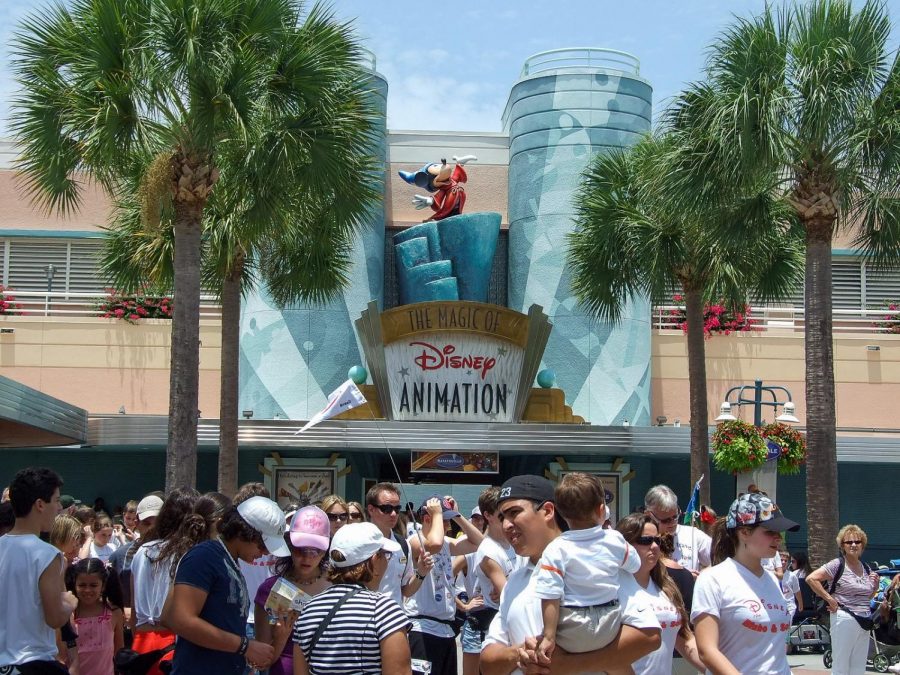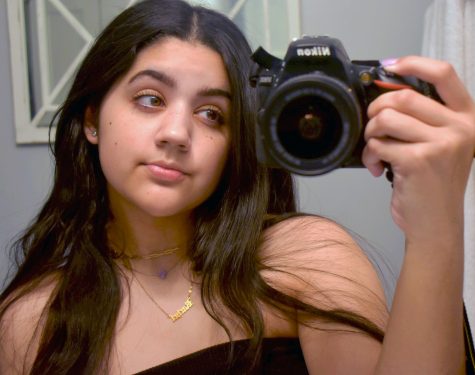Disney’s Growth in Diversity and Inclusivity
February 17, 2021
Every child knows it, and every adult still loves it: Disney is one of the biggest brand names in the world. It’s been famous since the 1937 release of “Snow White and the Seven Dwarfs.” Most popular for its iconic franchises and string of parks across the globe, it’s an enormously widespread company. With this power over the media industry, however, Disney holds a lot of influence, and it is expected to maintain a solid relationship with its large — and diverse — audience. Disney has certainly come very far with the topic of inclusivity in recent years. Nonetheless, there is a lot that needs to be changed before that happens.
Like much of the world in the mid-1900s, Disney ceased to pay much attention to inclusivity. The predominant race in media during the rise of Hollywood films was white. Although films were made with the intent of being inclusive, they were almost entirely whitewashed. Characters that were meant to be black were simply white people wearing dark makeup. Even animated movies that especially had the potential to include people of color simply overlooked the opportunity.
“Growing up, I was mainly exposed to Caucasian princesses. I loved viewing their stories, singing all their musical pieces and playing with their dolls,” senior Rachel Miller said. “However, seeing the lack of diversity in television provided me with a misinterpretation of my true identity. I only wanted to play with the white dolls because I wanted to be a ‘real princess,’ like Belle or Snow White.”
Although Disney was one of the first big-name entertainment businesses that attempted to dip their toes in diversity, they still couldn’t manage to get it right. Another hit and miss? They based their animated princess characters off women from culturally-distinct places all around the world, but the voice actors seldom matched the persona on the screen. In films such as Pocahontas, for example, the title character was voiced by a white actor, and the plot was far from historically accurate.
While the Disney princess franchise quickly grew and became a globally beloved concept, representing a huge step forward for the 20th century in film and television, there was still much to be done. With the release of “The Princess and the Frog” in 2009, Disney took a step in the right direction; however, it was a small one. Set in New Orleans, Louisiana where African American culture thrives, the movie unveiled the first black Disney princess. And there was plenty of backlash. Viewers were frustrated with how the main character, Tiana, was a frog for almost the entire film. People believed that this took away from the true inclusion of black characters, as all of the white static characters were humans the entire movie. Although “The Princess and the Frog” received great ratings and was certainly a box office hit, Disney missed the mark again.
Disney followed this up with the 2016 release of “Moana.” The movie touched heavily on Polynesian culture, and also addressed sexism in a way — Moana was one of the first Disney princesses to be completely individualized in her endeavors. The movie had almost no romantic underpinnings, and many women found this to be an exceptional change of pace from the signature damsel-in-distress nature of Disney’s princesses. Within just a day or two after its release, “Moana” broke the box office record previously held by 2013’s “Frozen.” This movie signaled a new era for the company, and its inclusion has only skyrocketed since.
The most recent example of Disney’s growth in cast diversity is “Soul,” a 2020 release that debuted on Christmas Day. The story is incredibly moving, hitting hotly-debated points on what the meaning of life is, or what one’s purpose may be. Bringing philosophical meaning to an animated film is a risk that only a brand like Disney can afford to take, and they definitely hit home. That said, the most impressive feat of this movie is the black representation. Nearly the entire cast, aside from a character or two, is black, and their culture is heavily referenced throughout the movie. The main character, Joe Gardner (voiced by Jamie Foxx) is a black middle school band teacher with a dream of being a jazz pianist – jazz music is a massive part of African American heritage. With “Soul,” Disney set a solid foundation for a black character and proved to hit all the right notes throughout the movie.
“With the release of Soul, I think that Disney and other companies are definitely taking steps forward in representation,” senior Maggie Smith said. “Even so, they can become a lot better than where they are now. While it is important to have black characters in their stories they have to represent them in a correct and respectful way. Disney, just like the majority of mass companies, still has a lot of work to do in order to improve.”
Leila Simeon, sophomore at SPFHS, agrees.
“I believe Disney has been doing well,” Simeon said. “They just need to include more diverse workers into their productions. Not just having casts specific to the races and cultures being portrayed, but writers, designers, and illustrators as well.”
Much has changed since the dark ages, and the world of film will only continue to evolve in a positive direction, thanks to more and more racial influence. Disney is on the path to greatness, and once it finally achieves that, it will be a leading example for other filmmaking companies.



